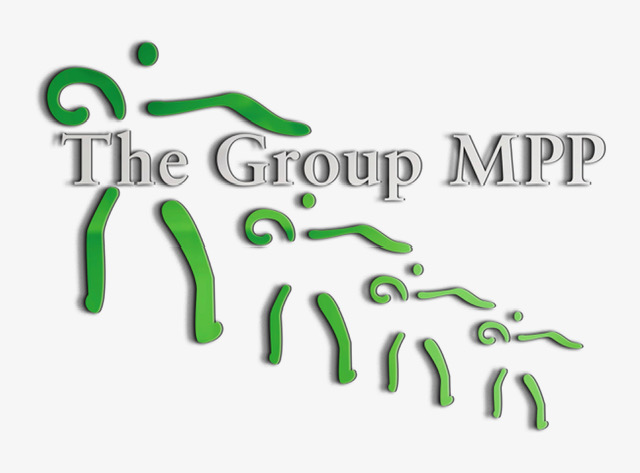The Complete Dictionary of Press Release Terms
Explore our comprehensive Press Release Glossary to master industry terms and your PR game.

The Ultimate Glossary of Terms About Press Release
In the fast-paced world of media and communication, understanding the jargon surrounding press releases is essential. Whether you're a seasoned PR professional or just dipping your toes into the world of public relations, this comprehensive glossary will provide you with a solid grasp of the terms and concepts commonly associated with press releases. From "Embargo" to "Wire Service," we've got you covered.
Press Release
A press release, also known as a news release or media release, is a written statement issued by a company, organization, or individual to announce news or events to the media and the public.
Embargo
An embargo is a request to the media not to publish or report on a specific news release until a specified date and time.
Wire Service
A wire service is a news agency that distributes press releases and other news content to a wide range of media outlets, often on a subscription basis.
Media Kit
A media kit is a collection of promotional materials, including press releases, photos, videos, and background information, provided to journalists and reporters to assist in their coverage of a company or event.
Dateline
A dateline is the location and date at the beginning of a press release that indicates where and when the news originated.
Boilerplate
A boilerplate is a standardized and reusable section of a press release that provides background information about a company, organization, or individual.
Pitch
A pitch is a persuasive message or proposal sent to journalists and reporters to convince them to cover a particular story or event.
Headline
The headline is the attention-grabbing title of a press release, designed to capture the reader's interest and provide a concise summary of the news.
Lead
The lead is the opening paragraph of a press release, which contains the most important information and answers the "who, what, where, when, why, and how" of the story.
Byline
A byline is the author's name, usually accompanied by their title, at the end of a press release.
Angle
An angle is the unique and interesting perspective or angle from which a news story is presented to make it more compelling to the media and the audience.
Target Audience
The target audience is the specific group of people or demographics that a press release is intended to reach and engage.
Distribution List
A distribution list is a carefully curated list of media contacts and outlets that receive a press release when it is distributed.
Quote
A quote is a direct statement from a key individual or source in a press release, often used to provide additional perspective or credibility to the story.
Follow-Up
Follow-up refers to the practice of contacting journalists and reporters after sending a press release to gauge their interest and provide additional information or interviews.
Now that we've covered these essential terms related to press releases, you're better equipped to navigate the world of public relations and media communication. Remember that effective press release writing is not just about using these terms but crafting compelling stories that resonate with your target audience and the media.
In today's media-driven landscape, mastering the art of press release writing and understanding the associated terminology is crucial for successful communication. By creating engaging and newsworthy press releases, you can effectively convey your message to the world.
Incorporating Quotes for Authenticity
Including quotes from key figures in your organization adds authenticity and a human touch to your press release. Quotes can help convey your message in a relatable way.
Adding Multimedia Elements
Incorporate multimedia elements like images, videos, or infographics to make your press release visually appealing and engaging.
Contact Information and Boilerplate
Ensure that your contact information is easily accessible. Include a boilerplate at the end of your press release to provide background information about your company.
The Importance of Timing
Timing is everything in PR. Consider when to release your news to maximize its impact. Avoid major holidays or events that could overshadow your announcement.
Distribution Channels
Choose the right distribution channels to reach your target audience effectively. Whether it's through PR distribution services, email outreach, or social media, select the platforms that align with your audience's preferences.
Building Relationships with Journalists
Nurture relationships with journalists and media outlets. A positive rapport can lead to more coverage and better placement of your press release.
Proofreading and Editing
Mistakes can undermine your credibility. Thoroughly proofread and edit your press release to ensure it's error-free.
Tracking and Measuring Success
Use analytics tools to track the performance of your press release. Monitor metrics like views, shares, and media coverage to gauge its success.
The Art of Follow-up
Don't stop at just sending out your press release. Follow up with journalists, bloggers, and influencers to answer questions and provide additional information.
Elevating Your Press Release
In conclusion, a good press release can become great with careful planning and execution. Tailor your message, use attention-grabbing headlines, and incorporate multimedia elements to engage your audience. Remember that timing, distribution channels, and relationships with journalists are key to success. Lastly, don't forget to track your results and follow up with interested parties.





















